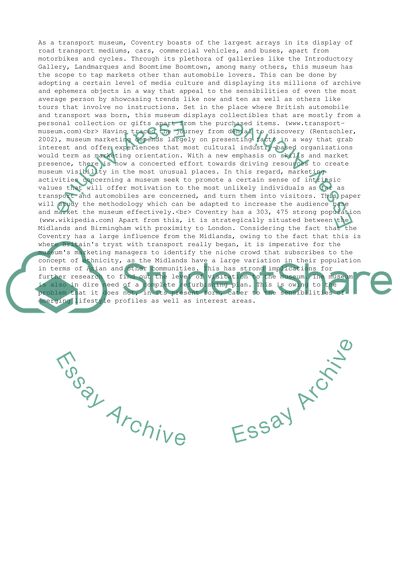Cite this document
(Coventry Museum - From Denial to Discovery Case Study, n.d.)
Coventry Museum - From Denial to Discovery Case Study. Retrieved from https://studentshare.org/management/1530547-museum-marketing
Coventry Museum - From Denial to Discovery Case Study. Retrieved from https://studentshare.org/management/1530547-museum-marketing
(Coventry Museum - From Denial to Discovery Case Study)
Coventry Museum - From Denial to Discovery Case Study. https://studentshare.org/management/1530547-museum-marketing.
Coventry Museum - From Denial to Discovery Case Study. https://studentshare.org/management/1530547-museum-marketing.
“Coventry Museum - From Denial to Discovery Case Study”, n.d. https://studentshare.org/management/1530547-museum-marketing.


